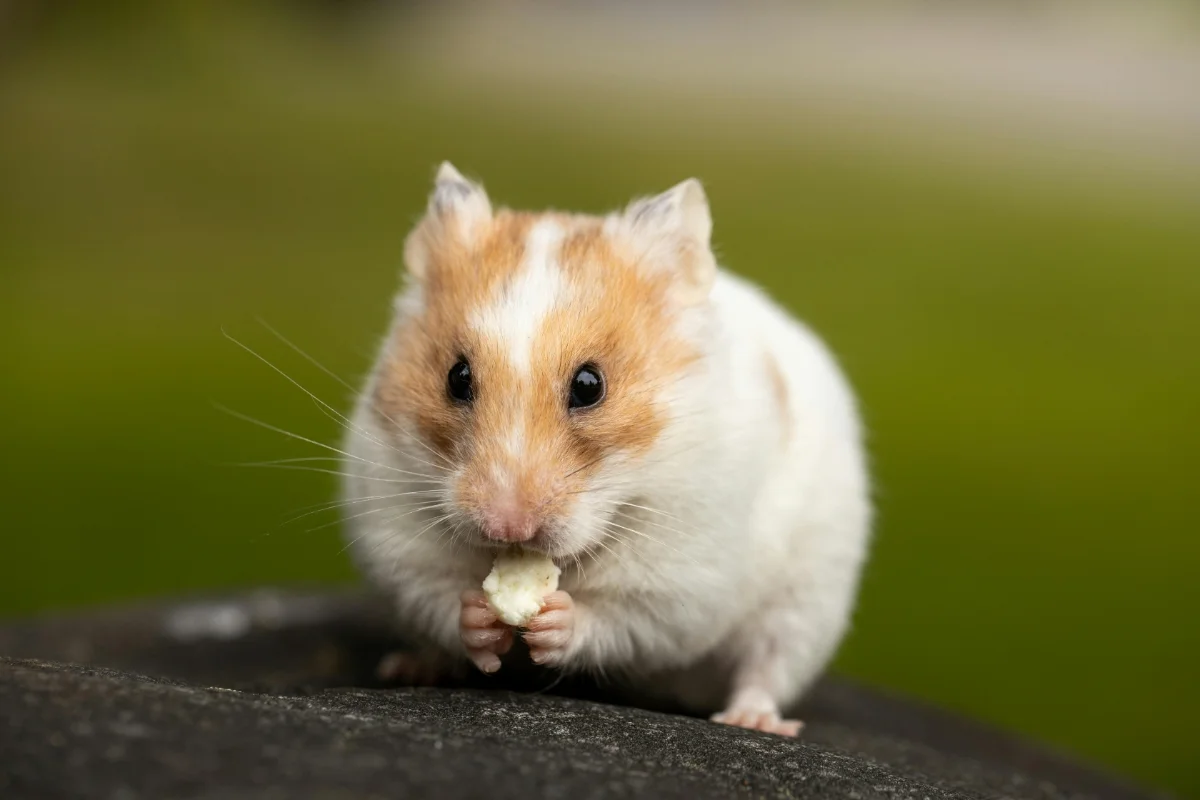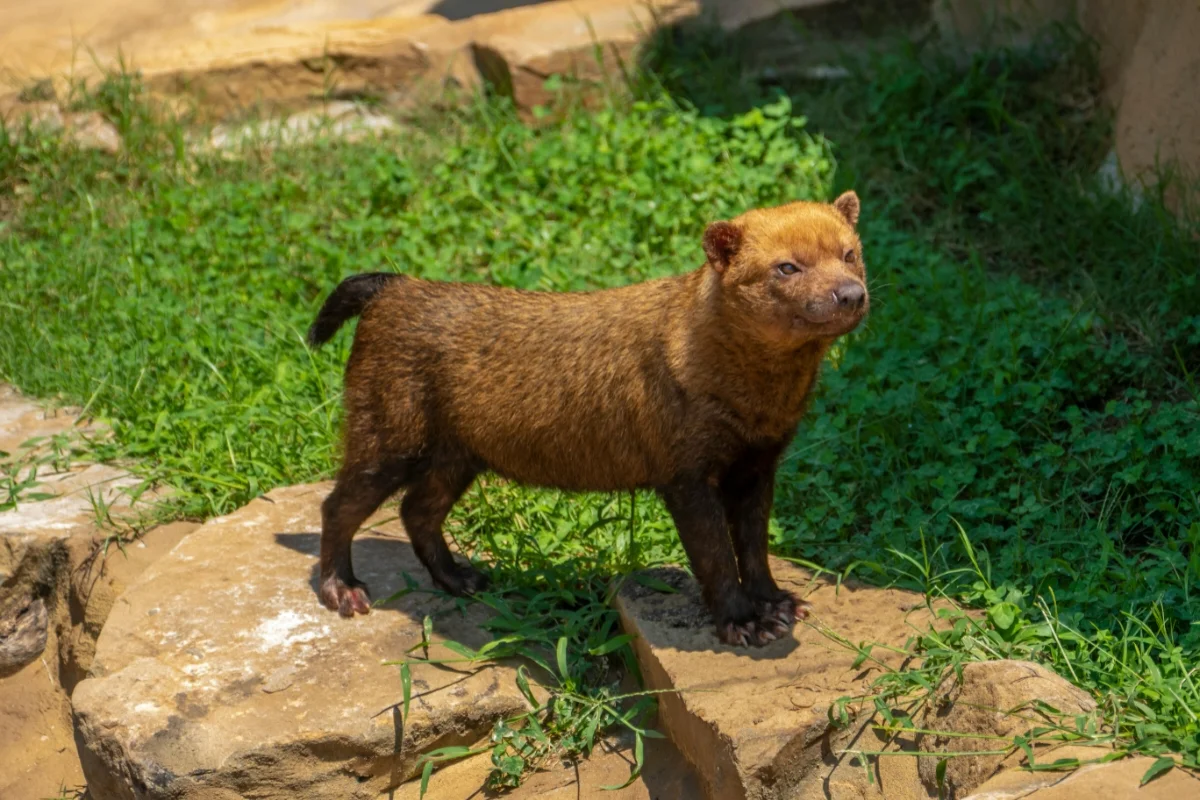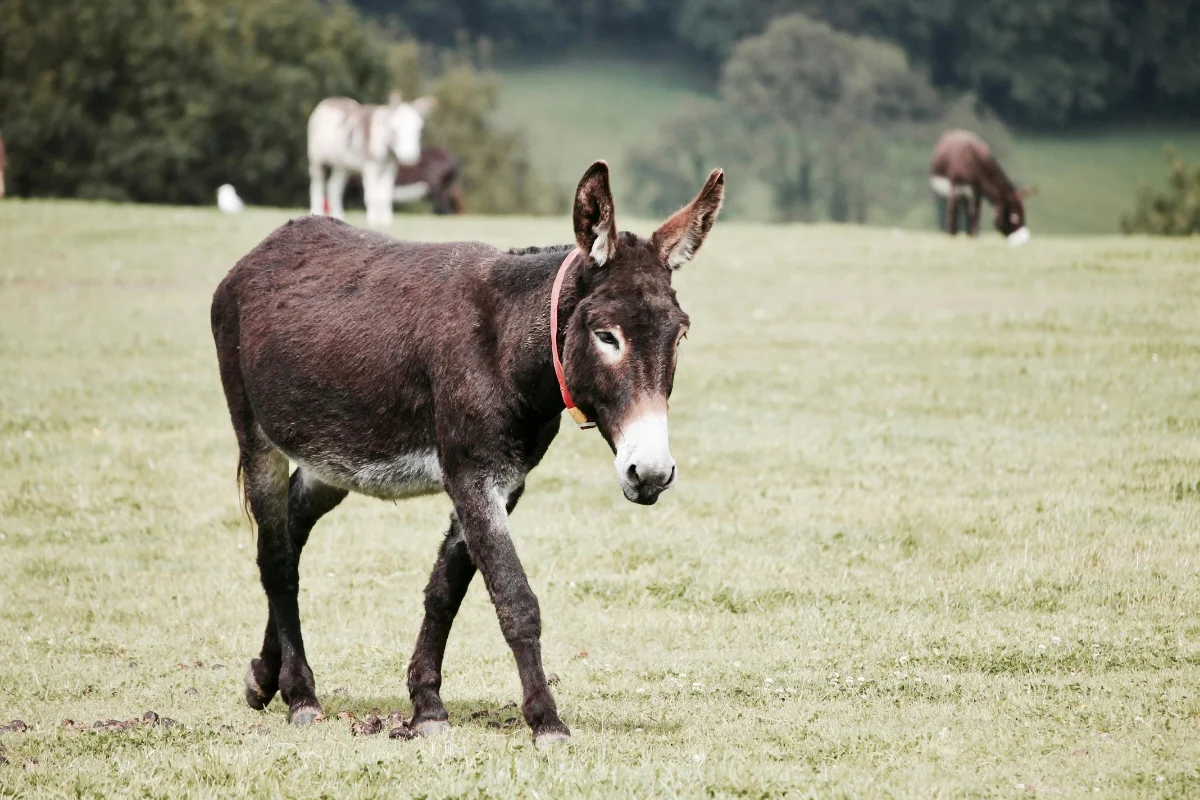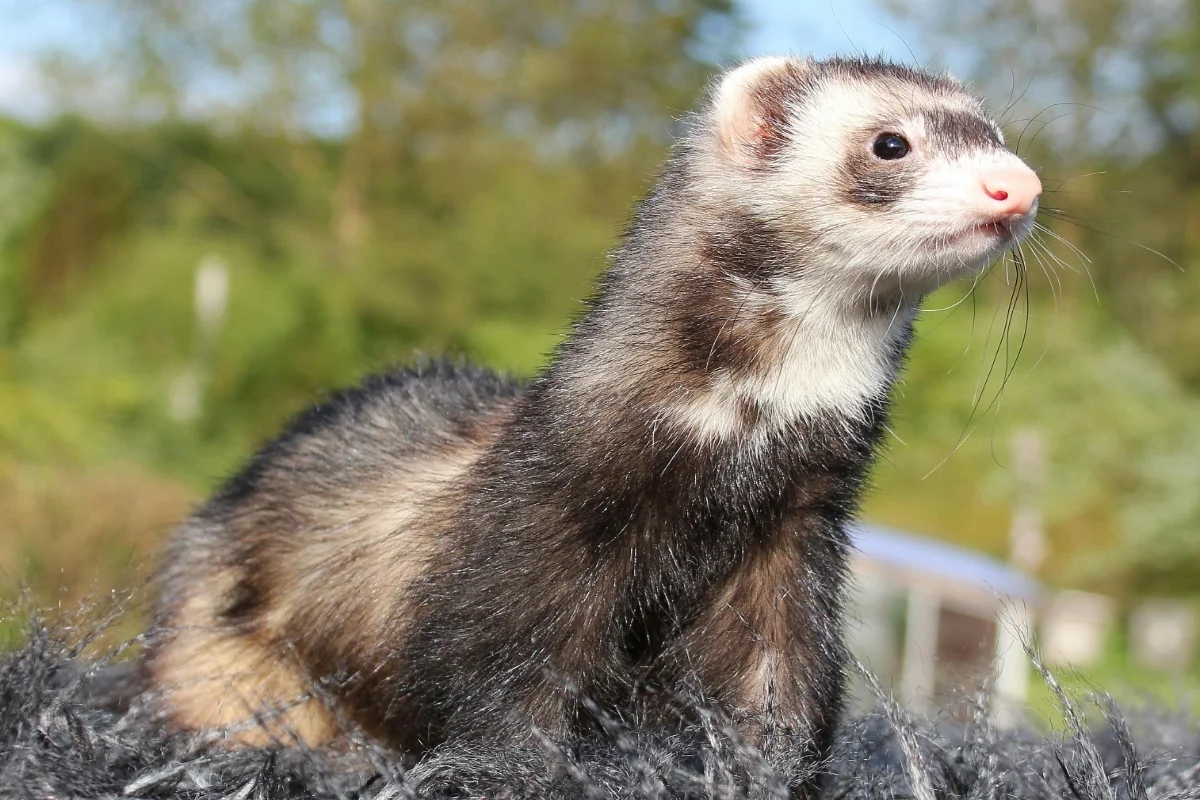Falcon
The falcon is a powerful bird of prey known for its speed, accuracy, and remarkable hunting abilities. The most famous of the…
The falcon is a powerful bird of prey known for its speed, accuracy, and remarkable hunting abilities. The most famous of the species is the Peregrine Falcon, which travels at speeds of up to 320 km/h (200 mph). Falcons are found in countries like UAE, Saudi Arabia, India, USA, Canada, Europe, and Central Asia.
Falcon Information
| Height: | 35–58 cm |
| Length: | 34–58 cm |
| Weight: | 330–1,500 g |
| Top Speed: | Up to 390 km/h |
| Food: | Birds, mammals, insects |
| Color: | Gray, white, black |
| Location: | Worldwide |
| Predators: | Eagles, owls, humans |
| Lifespan: | Up to 15 years |
| Habitat: | Cliffs, cities |
| Gestation: | 29–32 days |
Description of the Falcon
Belonging to the Falconidae family, falcons are medium to large birds of prey with slender bodies, sharp talons, and pointed wings. Their most notable feature is their speed, with some species reaching astonishing speeds of over 200 miles per hour (320 km/h) during hunting dives. Their long wings and streamlined bodies make them agile hunters, capable of making swift turns mid-flight to chase down prey.
These birds are also equipped with powerful beaks that are hooked to efficiently tear into their food, and they possess excellent vision, allowing them to spot prey from miles away. Falcons have evolved into superb predators, and their unique features make them highly successful in their role as hunters.
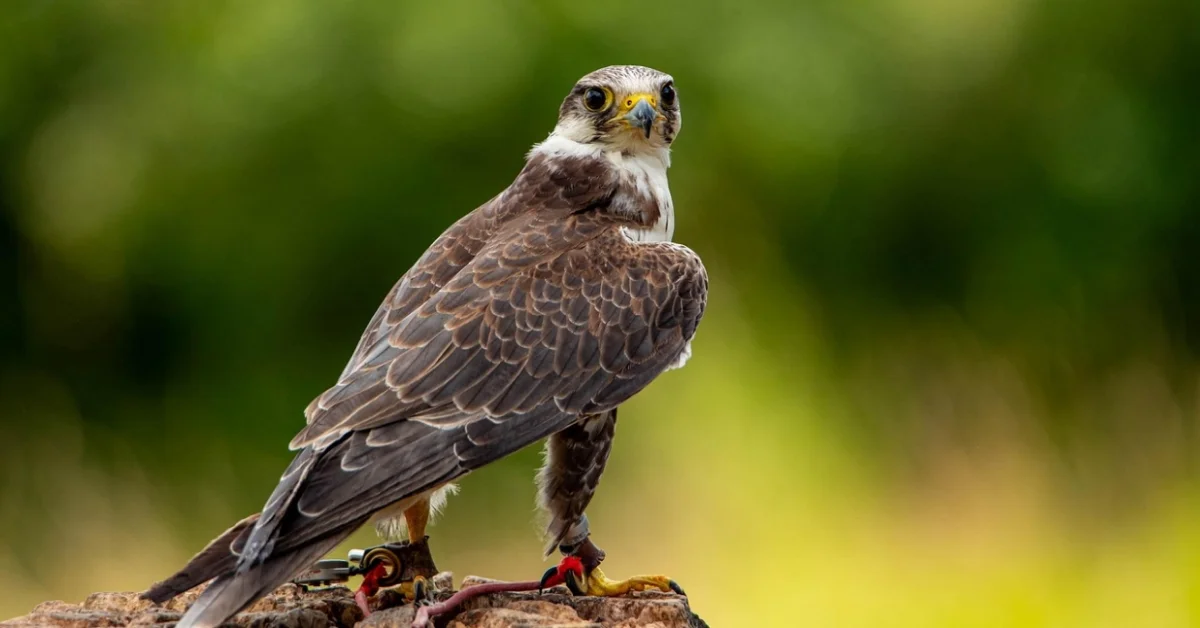
Habitat of the Falcon
These birds are found in various habitats worldwide, from mountainous regions to coastal cliffs and deserts. Some species, such as the peregrine, have been found to be suitable for nesting in urban areas, often nesting on tall buildings or bridges where they can take advantage of high vantage points and abundant food sources.
Cliffs and tall trees are often chosen as nesting sites, providing their young with safe shelter from ground-based predators. Urban landscapes, with their tall buildings, have increasingly become nesting sites for certain species of these birds.
Distribution of the Falcon
Falcons are distributed across nearly every continent. The Peregrine, one of the most well-known species, has a wide distribution, spanning from North and South America to Europe, Asia, and parts of Africa. Other species, like the Saker or Gyrfalcon, are more region-specific, found in areas such as Central Asia and the Arctic regions.
While many species are migratory, some, like the Merlin, remain in their breeding areas year-round. The seasonal migration patterns depend on the species, with some migrating to warmer climates during the winter months.
Diet of the Falcon
These birds are carnivorous, feeding primarily on birds and small mammals. Their diet often includes pigeons, sparrows, and even larger birds such as waterfowl, depending on the size of the bird in question. They are also known to hunt small mammals like rodents, as well as insects and occasionally reptiles.
Their hunting strategy varies depending on the species. Some, like the Peregrine, dive at high speeds to strike their prey mid-air, while others, like the kestrel, prefer to hunt from a perch, swooping down to catch prey on the ground.
Behavior of the Falcon
Their behavior is also influenced by the seasons. During the breeding season, they are highly focused on protecting their nests and raising their young. Outside of the breeding season, they are often seen hunting alone, utilizing their speed and agility to chase down prey.
These birds are solitary hunters, typically only coming together to mate during the breeding season. They are highly territorial, especially during nesting, and will defend their territory against other predators or rival birds. Their primary mode of communication is through vocalizations, which they use to communicate with their mate or warn off intruders.
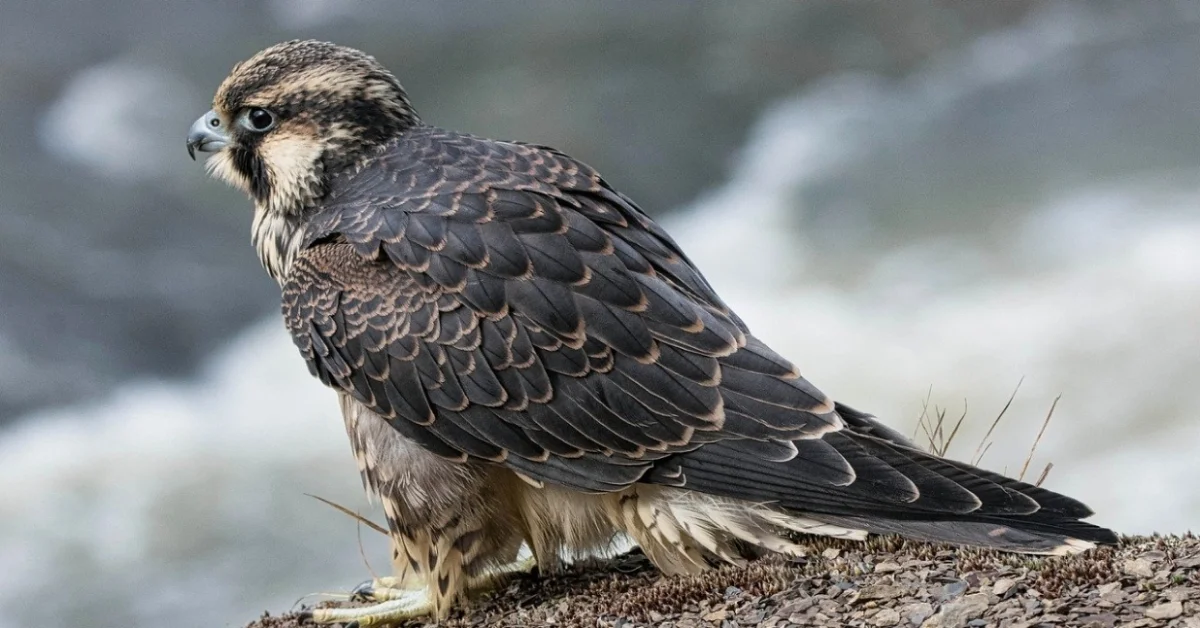
Reproduction of the Falcon
Falcons form monogamous pairs during the breeding season and in many species these pairs stay together for life. The nest site is carefully selected to provide protection from predators. Falcons usually nest in rock crevices, on tall buildings or tree branches.
The female usually lays 2 to 4 eggs, which both parents take turns incubating. The incubation period lasts about 30 to 40 days and both parents work together to care for their babies, feeding them until they are big enough to care for themselves. Once the chicks are out of the eggs, they grow rapidly and in a few weeks they learn to fly. When they are fully grown, they are ready to leave the nest and start learning to hunt on their own. Join our Animals and Birds WhatsApp channel
Falcon Scientific Classification
| Kingdom: | Animalia |
| Phylum: | Chordata |
| Class: | Aves |
| Order: | Falconiformes |
| Family: | Falconidae |
| Genus: | Falco |
Animals for You
References
1. Falcon Wikipedia Article – https://en.wikipedia.org/wiki/Falcon



